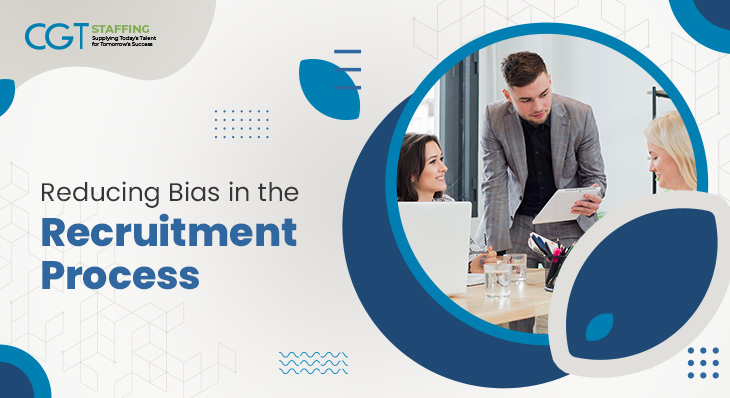Over the past decades, the recruitment processes for businesses have seen significant shifts. Today, more and more businesses seek out applicants with practical skills; however, both skilled and educated candidates can sometimes end up without a job position. The major reason for this is bias.
After searching for methods to eliminate or minimize the impact of bias, businesses found that gamification is one such way to reduce bias in the recruitment process. However, before evaluating its effectiveness it is necessary to examine how bias affects the recruitment process.
Table of Contents
Bias in Recruiting Processes
Over the years many neurological and sociological researchers have stated that total objectivity is an impossibility. Humans draw conclusions based on their past experiences. Therefore, any new information is processed and categorized subjectively. As a result, bias can exist in any aspect of business that is open to subjectivity. This does not only include recruitment – it can include the performance appraisal process as well.
Recruitment bias can have the most adverse effects on a business. It leads to the creation of homogeneous teams wherein a group of people with similar characteristics will be hampered by homogeneous idea generation and limited problem-solving capacity. Moreover, selecting a specific group of like-minded personalities will deprive the business of more skilled or productive workers across the board.
Modern-day recruiters are trained to minimize bias in decision-making by utilizing the most relevant information in order to begin the search for a qualified candidate. In other words, most recruiters begin with conduct of a blind screening.
Limitations of Blind Screening
The major purpose of blind screening processes is to create a talent acquisition strategy framework that minimizes the candidate’s name, gender appearance, and other attributes that are not relevant to specific job conditions. This selection process was started by the Boston Symphony Orchestra in the 1950s when they held their auditions from behind screens. As such, judges could only consider the quality of the music during the course of their deliberation. Screening of anonymous resumes has subsequently been applied in business cases.
It has become apparent, however, that biases can also exist in terms of past experiences and educational exposure as well. For example, recruiters could be biased toward students of specific educational institutions or employees of specific organizations. Therefore, blind screening cannot always be leveraged to maintain objectivity.
Gamification and Its Advantages
Over time, many businesses began to focus on acquiring employees that were most skilled for their open roles, without regard for education or other unrelated prior experience. In so doing, many organizations started to conduct skill tests as part of their recruitment processes; however, since these tests had to be judged by another individual, the element of bias could not completely be eliminated.
With technological innovations over time, it was quickly discovered that such tests could be designed in the form of games to be played on tablets, PCs or cell phones. Algorithms could be designed to evaluate skill-based performance. At the outset, this system was used to select candidates for IT-based skills such as coding or hacking. However, it was soon found that by integrating tests based on neuroscience, a candidate’s soft skills could be quantified as well. As these games can be customized for different situations, they can be utilized to augment both centralized and decentralized recruitment models.
Ultimately, gamification and human recruitment should work cooperatively in tandem. By balancing the active involvement of a human recruiter, gamification can significantly lower the chances of biased decision-making. Now with the integration of AI into such algorithms, games of identification can be updated continuously to ensure even more unbiased results.
Conclusion
Gamification of recruitment can make the recruitment process more objective. However, in the end, the algorithms are created by humans and even AI can make biased decisions if it uses past data, especially so when testing soft skills.
In addition, most jobs require social interaction in the form of teamwork or client meetings. As such, it is critical that tests for skills related to speaking, body language, and composure be evaluated by an individual attune to the needs of the role and the larger business.’
